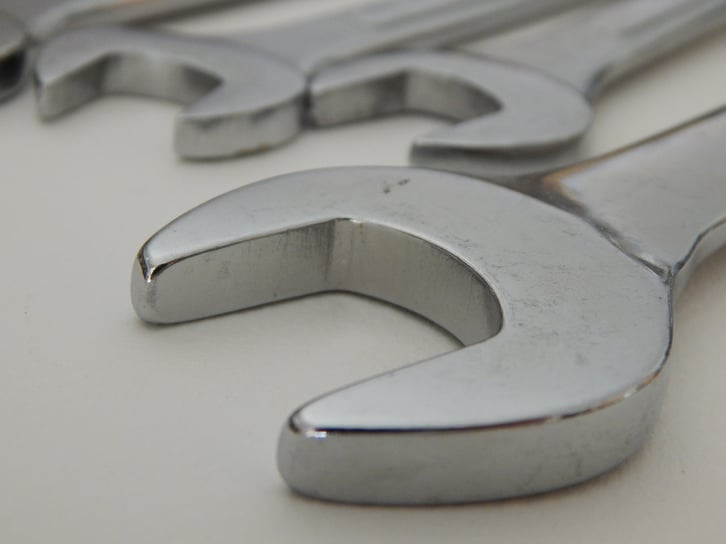
Fleet maintenance is something that needs to receive the utmost attention, as it could well decide upon the outcome of your business and dictate the amount of funds you need to spend in order to operate your fleet.
We often deal with best practices in fleet maintenance and approaches such as preventive, predictive or reactive maintenance, but this time we are examining the ‘must nots’—the things you shouldn’t do if you don’t want to be the black sheep when it comes to fleet maintenance!
So here are the three ways poor fleet maintenance attitudes not only prevent growth but actually waste money like water...
1. Procrastination
Continuously postponing issues is never a good idea if you really want to solve a problem, and the same holds true for fleet maintenance. If you are trying to save money by skipping maintenance, or are continuously procrastinating, you will never see the back of issues as they will crop up again and again, and, unfortunately, when you least expect it…
2. Managing maintenance with pen and paper
Not only is it a waste of time and a threat to the efficiency of your fleet and your company, it is actually like operating with blurred vision. If you do not track everything you won’t be able to see how everything functions fully within your fleet and, consequently, your business. Let’s consider maintenance more fully: what do you think will happen if you do not have a system in place to create reports on costs or one that is able to inform you of wear and tear and the condition of your assets? Pen and paper should no longer be an option.
3. Working based on reactivity
If you basically work with reactive maintenance and do not implement a regular schedule, you will suffer the impact of unexpected downtime. It can be challenging to plan maintenance for a fleet that relies on assets that are diverse in make and model, but it’s no excuse not to plan for regular fleet maintenance. If you think reactive maintenance is a viable option, you should definitely think again!





